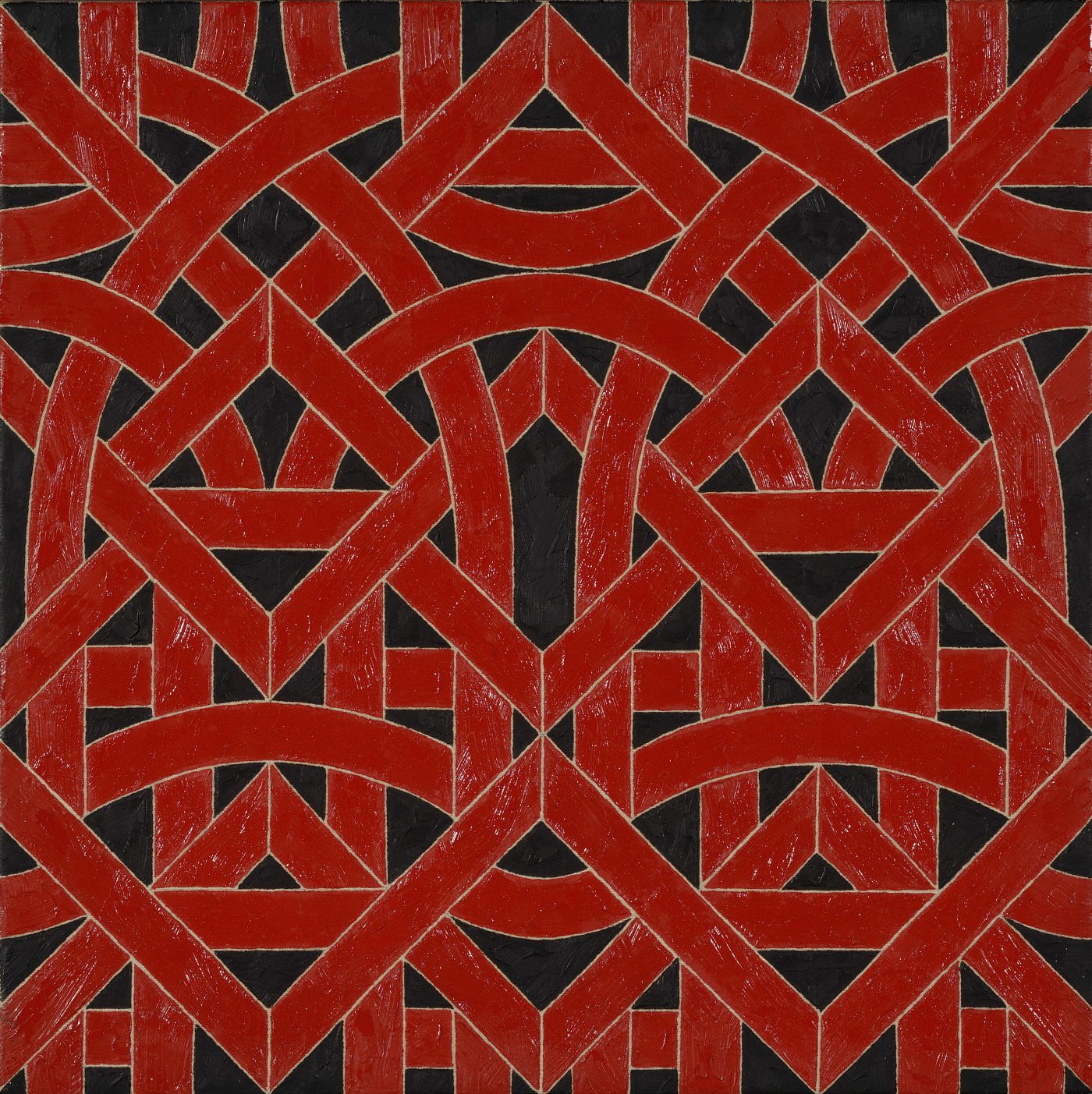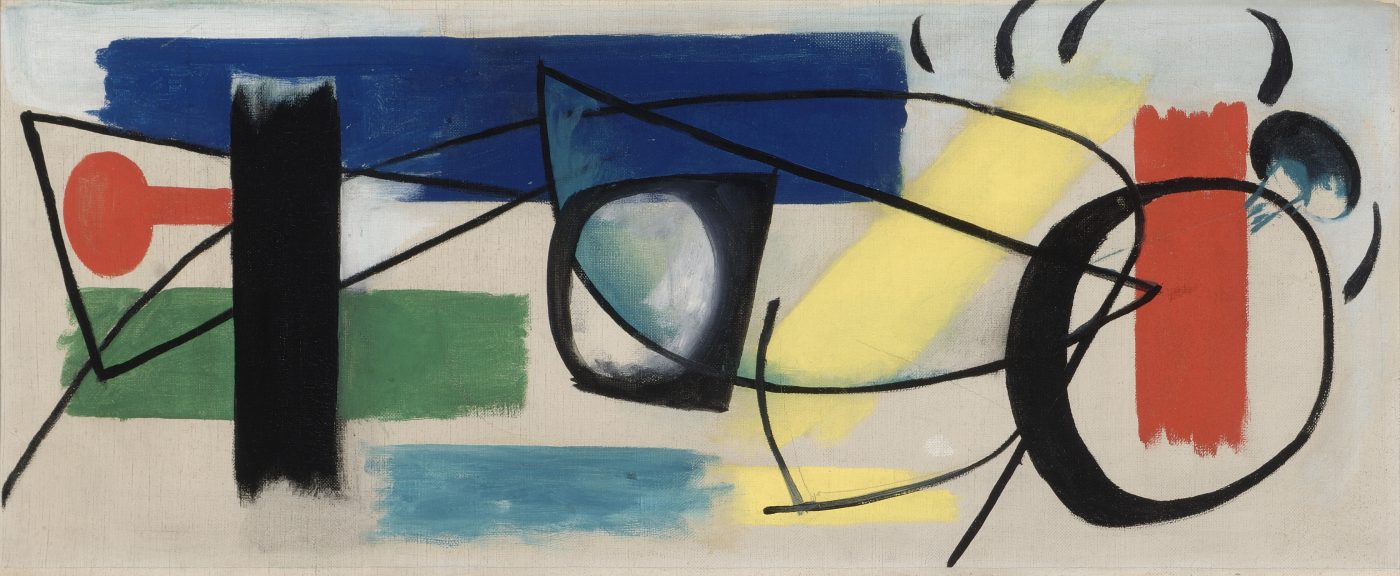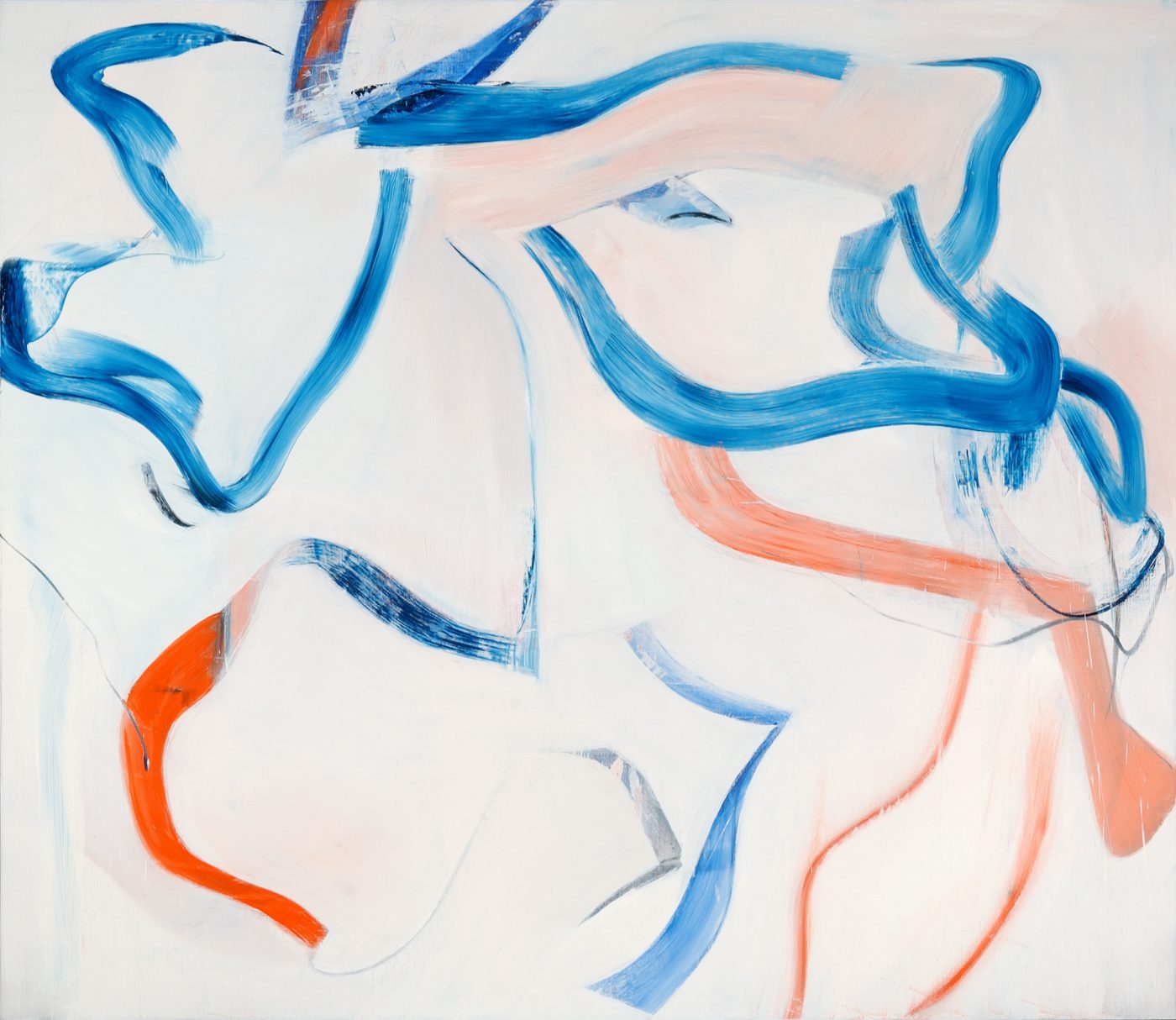The Artist’s Hand: Circles, Squares, and Squiggles
NOW ON VIEW
In the 1950s, the renowned and influential art critic and theorist Harold Rosenberg coined the phrase “Action Painting” to describe the creative approach of the new generation of painters who came to prominence in the United States after World War II. His notion of the canvas as an arena for action—for dramatic and personal confrontation between the artist and the medium—resulted in what was then an entirely new way of thinking about, seeing, and experiencing visual art.
Mark-making forms the foundation of almost all aspects of painterly expression. Within the confines of the defined picture plane or field delineated by the size and shape of the stretched canvas, the artist initiates a series of actions and compositional decisions that drive the work. Sometimes these gestures seem wildly uncontrolled; at other times, the artist’s hand is more subtle, atmospheric, or even flat and geometric.




